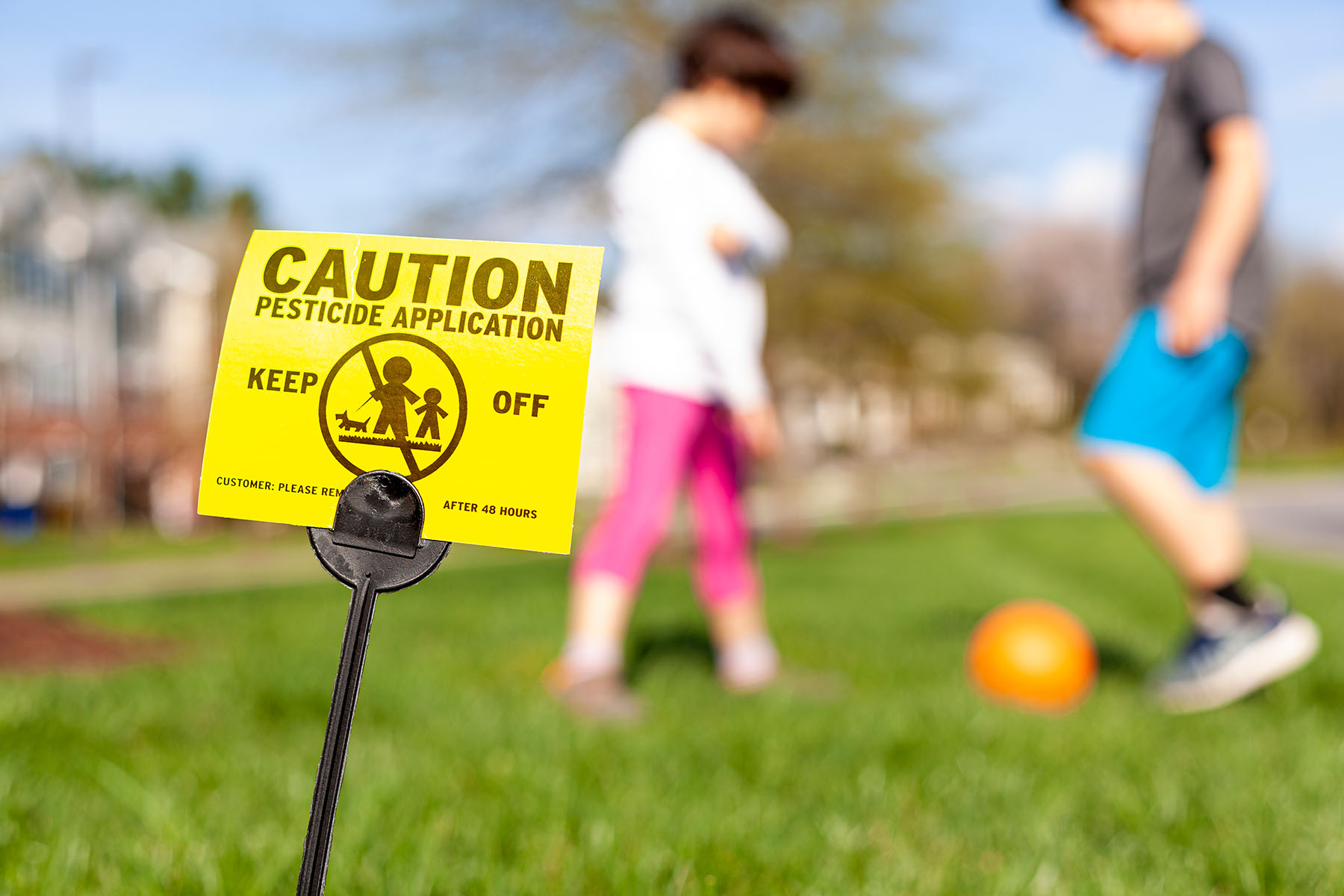Kids and Chemicals: What is Their Exposure?

It’s a natural parental instinct to protect your children from harm. But in this modern world of “better living through chemistry,” some dangers can be difficult to identify. Parents have a lot of questions about which chemical threats are truly concerning and which ones aren’t.
“It absolutely can be tricky to distinguish which issues are known hazards for kids, and which are the ‘worry du jour,’” says Wendy Stephan, Ph.D., M.P.H., a researcher and educator at the University of Miami and epidemiologist with the Florida Poison Information Center – Miami.
“Children can suffer severe harm from poisoning due to their small size and developing bodies. For example, children typically absorb more of a chemical through the gastrointestinal tract and lungs than adults do. Children’s behavior and natural curiosity can also mean a higher risk of contact with chemicals in the home.”
To help parents make the best decisions about their children’s health and well-being, we identified some common areas of chemical exposure and asked Dr. Stephan how parents should handle each scenario.
Lock that medicine cabinet.
“Poison control and ER data presents a clear picture of the biggest poison hazard for children acutely: exposure to a parents’ or grandparents’ medication, particularly ones treating pain, diabetes, high blood pressure or heart disease,” says Dr. Stephan.
To prevent poisoning from medicine:
- Put it out of reach and out of sight. Safe Kids Worldwide says it’s best not to rely on child-proof packaging alone, as it’s not foolproof.
- Follow a strict schedule or use reminders to deliver medication.
If an exposure occurs, call the Poison Help line at 1-800-222-1222. “Our medical staff can quickly assess what a child got into, and direct the child’s care as needed,” says Dr. Stephan.
What’s being applied to your lawn – and potentially affecting your children?
These may seem benign, but the American Academy of Pediatrics says that regular and prolonged exposure to pesticides can impact development. The internal organs of kids are still growing and maturing, which means these chemicals have a greater impact on our kids than on us.
- Limit treatments in kid-friendly areas. “Notify the pest control company that you have children or pets in the home, and restrict application in areas where kids play,” says Dr. Stephan.
- Keep kids inside on treatment days.
- Wash hands, remove shoes and change clothing after playing outside.
- Store chemicals in childproof containers, out of reach and out of sight.
- Reduce pesticide usage on your property by switching to hardy, native plants.
- Consider saltwater pools and other lower toxicity pool maintenance protocols.
What exactly are your children eating?
The American Academy of Pediatrics says that certain food additives appear to impact children’s hormones, growth and development in studies, and some may even increase the risk of obesity.
“Some children develop sensitivities to certain dyes, preservatives or artificial flavorings,” says Dr. Stephan.
- Try to serve a variety of minimally processed fresh foods.
- Limit use of rice-based cereals in infants.
- Choose organic produce, if possible, especially berries, peaches and nectarines.
- Rinse and dry produce thoroughly.
- If problems arise, keep a food log to help your pediatrician narrow down what might be causing the problem.
Secondhand smoke is more than stinky.
Secondhand smoke is bad for everyone, but the American Lung Association says it’s especially harmful to children. They note that it’s responsible for between 150,000 and 300,000 respiratory infections in young children each year, as well as 7,500 to 15,000 hospitalizations.
- Require guests or family members to smoke or vape outdoors.
- Secure tobacco and cannabis-derived products out of reach and out of sight with other drugs and medications.
- Encourage loved ones to quit smoking or vaping, since children are likely to copy adult behavior in the short and long term.
These aren’t the only exposures of concern for children.
In Florida, lead in the soil can be an issue, so it’s best to use bagged soil for gardens or bagged sand for sandboxes and cover them when not in use. A carbon monoxide detector that you test twice a year is also critical to your home’s safety.
“The effects of hazardous exposures to children vary widely depending on what they were exposed to and for how long,” says Dr. Stephan.
“For example, secondhand smoke can lead to more ear infections, while prolonged exposure to lead may affect a child’s ability to learn. Even small steps to improve the safety of a child’s environment can pay off.”
Wyatt Myers is a contributing writer for UHealth’s news service.
Tags: fresh air, health effects, pesticide poisonings, pesticide toxicity, poisonous substances, toxic chemicals, Wendy Stephan
